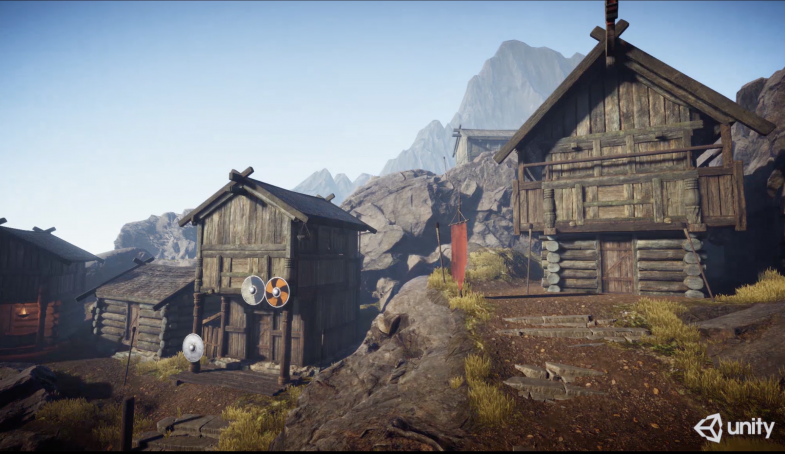PDF Version here
(If you use Chrome, some images of posts aren’t displayed. So use another browser or download the PDF that includes new light modes description)
By the version 5.6.0b2, Unity introduced three new light modes. Internally, we describe these new features as “fixed mixed lighting” and we know that many users were waiting for this “fix”, because from a user’s perspective, mixed lighting in Unity was broken.
Reading through the comments posted by users on forum allows us to receive feedback and see how beginner and advanced users approach this feature. It is worth mentioning that we also provided a detailed manual about how each light mode works from day one. You can access the forum post here.
So why bother to write this blog post? Lighting can be a challenging subject, especially when it comes to beginners. By default, lighting window is hidden in the editor and unless you open it from (Window > Lighting), all the settings are a black box to user. And if you are a beginner user or a 2d game developer/artist, there is no need to adjust the parameters. Unity can automatically take care of all the work for you.

However, if you are 3d game programmer/artist, then it’s just a different story. Having background in offline renderers myself, we should emphasize that using realtime lighting techniques can be a completely different matter of subject compared to offline raytracing solutions such as V-Ray or MentalRay.
So if you want to create complex and nice looking 3D environments that can play smoothly at runtime, learning how lighting works in Unity is a must to author optimized scenes. But after reading comments on forum threads and some bug cases reported by users, I see that the official manual can sometimes fail to communicate or be overwhelming for the information user is looking for. It can also be frustrating to use it unless you are already familiar with the system. And since Unity 5.6 is still in beta-cycle, our official manual is available only in Google docs and I guess we can all agree that it doesn’t have the best layout to read. In this post, I will therefore try to clarify some concepts and terminology about light modes. For details, I will add links to relevant websites.
You can consider these posts as a compact version (guide) of the manual, essentially covering the practical aspects of light modes. I have also split the post into two sections, primarily to facilitate the reading. Part I describes the basic terminology of lighting and mixed mode (used until 5.5) and Part II explains the new light modes (Shadowmask, Distance Shadowmask and Baked Indirect) introduced in 5.6. So if you already know what mixed lighting is, you can directly skip to Part II.
- Mixed Lighting in Unity 5.6 (Part I): Description of mixed lighting and fundamental lighting concepts
- Mixed Lighting in Unity 5.6 (Part II):Description of new light modes (Baked Indirect, Distance Shadowmask and Shadowmask)
In Unity 2017.1, the ability to switch between Shadowmask and Distance Shadowmask is also added and the concept of Shadowmask mode is explained in this tutorial with a realistic use case.
Lastly, I should emphasize that we are always open to feedback at Unity. Feel free to tag us, ask questions and raise your issues (or bugs) in the forum (well, as Lighting team, we are at least trying to check forums as much as possible). Also, all the statements I make here belongs to me and are my personal opinions, they are not official.
Disclaimer about User Interface
By the time this article is published, mixed lighting is still called as stationary lighting, realtime lights are called as dynamic lights and baked lights are called as static lights in the last public version of Unity 5.6. This is, however, subject to change and with the later versions of Unity, it will be reverted back to original naming. It is worth mentioning that lighting UI is still being refactored within the beta cycle.